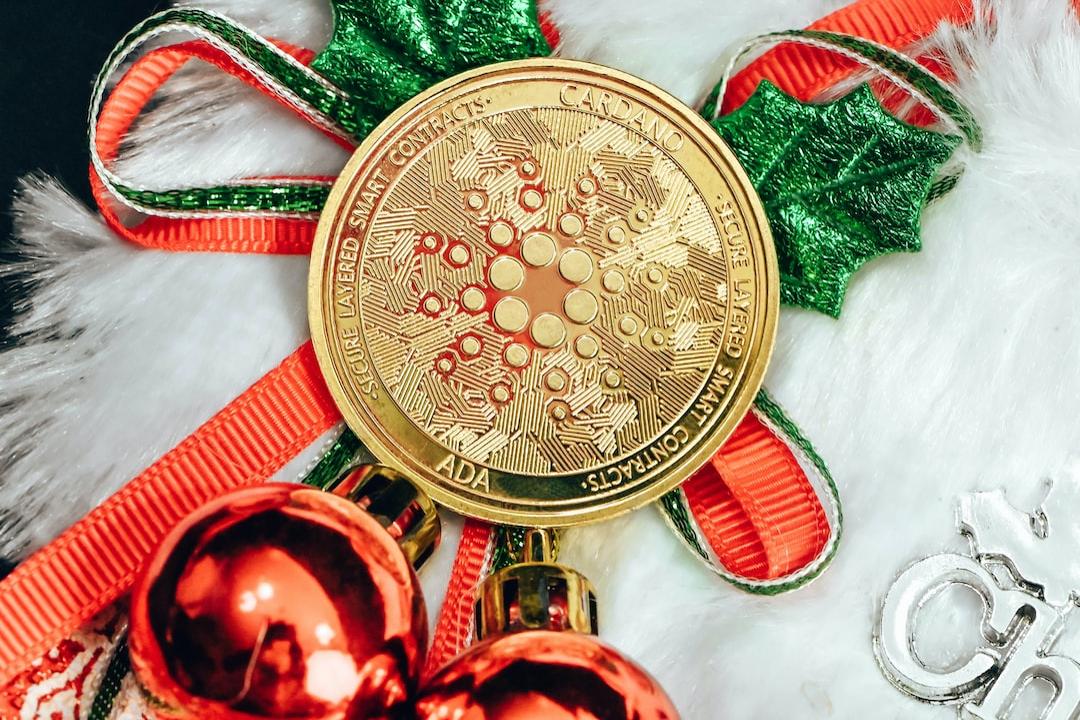Real World Assets (RWA) have become a hot topic in the cryptocurrency industry recently. By digitizing real-world assets, RWA has created a new foundation for decentralized finance (DeFi) and is seen as a highly promising project.
In the context of the recent announcement by Jupiter regarding the Unified Market Initiative, which involves bringing RWA, stocks, and foreign exchange onto the Solana blockchain and establishing the GUM alliance, the significance of RWA in the market is emphasized.
RWA refers to the tokenization of physical or tangible assets in the real world, including loans, insurance contracts, commodities, and real estate. Each token represents a share, stake, or ownership of the underlying asset. The aim is to make traditional assets more easily tradable, investable, and accessible, leveraging the advantages of blockchain technology such as openness, transparency, and improved transaction efficiency.
For example, real estate, widely favored for its value preservation and long-term investment returns, is known for its lack of liquidity. However, through tokenization using RWA, transparency and liquidity can be enhanced. Furthermore, the future possibility of splitting properties into multiple shares can lower the investment threshold and allow for shared ownership. Smart contracts can also automate the distribution of rental income or dividends from sales, although regulatory improvements are still needed.
Other examples of assets that can be tokenized include physical commodities like gold, oil, and agricultural products. Tokenization enables investors to trade and hold these assets more conveniently without the need for physical possession. This optimization builds upon existing practices in traditional finance.
Intellectual property rights, such as software code, copyrights, and patents, can also be tokenized. Tokenization can facilitate the licensing and commercialization of intellectual property rights. Artists, for instance, can sell partial ownership of their work to raise funds while retaining a certain level of control over their creations.
Additionally, tokenization allows for the use of physical assets as collateral for loans. For example, vehicles or machinery can be tokenized and used as collateral to increase asset liquidity.
The advantages of RWA include increased liquidity and transaction efficiency, enhanced transparency and security through the immutability of blockchain, easier access to investment opportunities with lower entry barriers, and the potential for financial product innovation.
To establish a comprehensive RWA system, three key elements are necessary: off-chain standardization, alignment of asset information, and the design of DeFi protocols specific to RWA.
Off-chain standardization involves determining the value, ownership, and legal status of assets in the physical world before integrating them into a digital ledger. Estimating the value of RWA requires considering market prices, performance history, and the physical condition of the assets. Additionally, the assets must have undisputed legal ownership, which can be proven through contracts or invoices.
Tokenization is the process of converting asset information into digital tokens. The value and ownership information of the assets are embedded in the metadata of the tokens. The transparency of blockchain allows anyone to verify the authenticity of the tokens through the metadata.
DeFi protocols designed specifically for RWA not only facilitate user transactions but also provide convenient access to information related to off-chain assets. This can attract more investors to the market.
Several projects in the RWA space show potential. Ondo Finance aims to bridge the gap between traditional finance and DeFi by developing structured financial products that offer high yields and stable returns. Goldfinch focuses on real-world lending and provides a decentralized credit protocol. Creditcoin is a foundational L1 blockchain that aims to enhance trust in credit history and lending markets. Polytrade is a decentralized trade finance protocol that connects buyers, sellers, insurance companies, and investors. Realio is a digital issuance, investment, and peer-to-peer trading platform that combines blockchain technology with real estate investment to improve transparency and liquidity.
However, RWA also faces challenges. Regulatory clarity is crucial for the development of RWA in the cryptocurrency field. Additionally, as the related technology is still maturing and user understanding of blockchain is not yet fully developed, there is a risk of hacker attacks, technical vulnerabilities, or malicious actors exploiting RWA for fraudulent purposes. Effective management of a large volume of transactions and data is another challenge for RWA platforms.
Looking ahead, RWA has the potential to significantly improve the efficiency and transparency of traditional finance through blockchain technology, creating a more efficient market. The Bank for International Settlements (BIS) has explicitly stated that all assets will be tokenized in the future, and the Finternet based on blockchain will be the future of the financial system.
In recent news, Securitize, an asset tokenization company, announced a $47 million funding round led by BlackRock, one of the largest asset management companies globally. This investment signifies the increasing interest in RWA and its potential in the market.
In conclusion, RWA is not a completely unique invention, but it has the potential to enhance the transaction efficiency and transparency of traditional finance through blockchain technology, creating a more efficient market.

